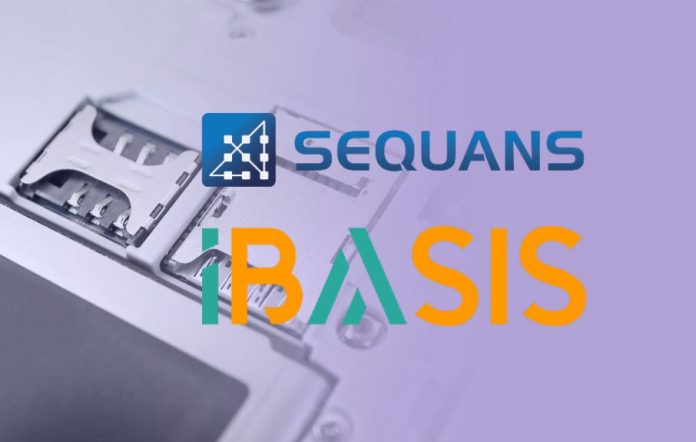France-based chipmaker Sequans has partnered with roaming provider iBASIS to integrate embedded SIM (eSIM/eUICC) technology and global LTE-M and NB-IoT connectivity with its Monarch 2 GM02S NEKTAR development kit (EVK). The pair claimed the arrangement provides “global cellular connectivity for worldwide deployments of massive IoT applications”.
The Monarch 2 GM02S module, based on Sequans’ dual-mode LTE-M and NB-IoT Monarch 2 chip, can be offered with a iBASIS eSIM, attaching to the US firm’s multi-market IoT airtime plans, branded as Global Access for Things. The provision allows developers to quickly get their development kit connected to a cellular network “almost anywhere in the world”, said Sequans.
The iBASIS eSIM is remotely programmable, and aligns with the GSMA standard on eSIM/eUICC technology, claims iBASIS. It includes mobile network selection logic, multi-operator profiles, and localized packet gateways that are used to create tailored connectivity plans for each specific IoT application. The Monarch 2 chip, at the heart of the GM02S module, offers “industry-leading” power consumption and a secure GSMA-compliant EAL5+ iSIM enclave.
It is built for cellular IoT ‘from the ground-up’, as the industry likes to claim – as opposed to being stripped down from higher-grade LTE units, as non-specialist IoT chipmakers are prone to offer. French start-up SAMEA-Innovation is leveraging the new Sequans/iBASIS tier-up for its low-power air quality sensors, the pair said.
Didier Dutronc, executive vice president of Sequans’ massive IoT business unit, said: “We are pleased to collaborate with iBASIS and have their powerful eSIM connectivity enabled on our Monarch family modules. iBASIS enables universal connectivity and innovative IoT solutions to deploy worldwide.”
Nicolas Barret, managing director at iBASIS, said: “We are delighted to partner with Sequans on the latest and advanced low power consumption module with forward-looking security features for LTE-M and NB-IoT with our eSIM technology. We are thrilled to work together to respond to the exploding demand for global connectivity from massive and critical IoT applications such as transportation, trackers, and smart buildings.”

